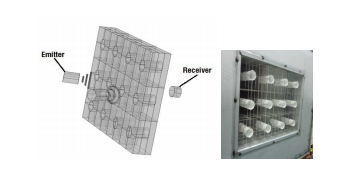- Next in Wearable Computing: A Device for Dogs
As Google Glass gains momentum, companies and researchers are trying to decide what will be the next big breakthrough in wearable technology.
We’re just starting to see the early adopters of wearable computing wandering the streets gazing through Google’s head-worn computer or staring down at their Pebble smart watch. But a slew of researchers are already hard at work figuring out what will come next. Among the more outlandish ideas these researchers are experimenting with: sensors embedded in clothing and teeth, and—oh yes—a wearable computer designed just for dogs.
Digest powered by RSS Digest






